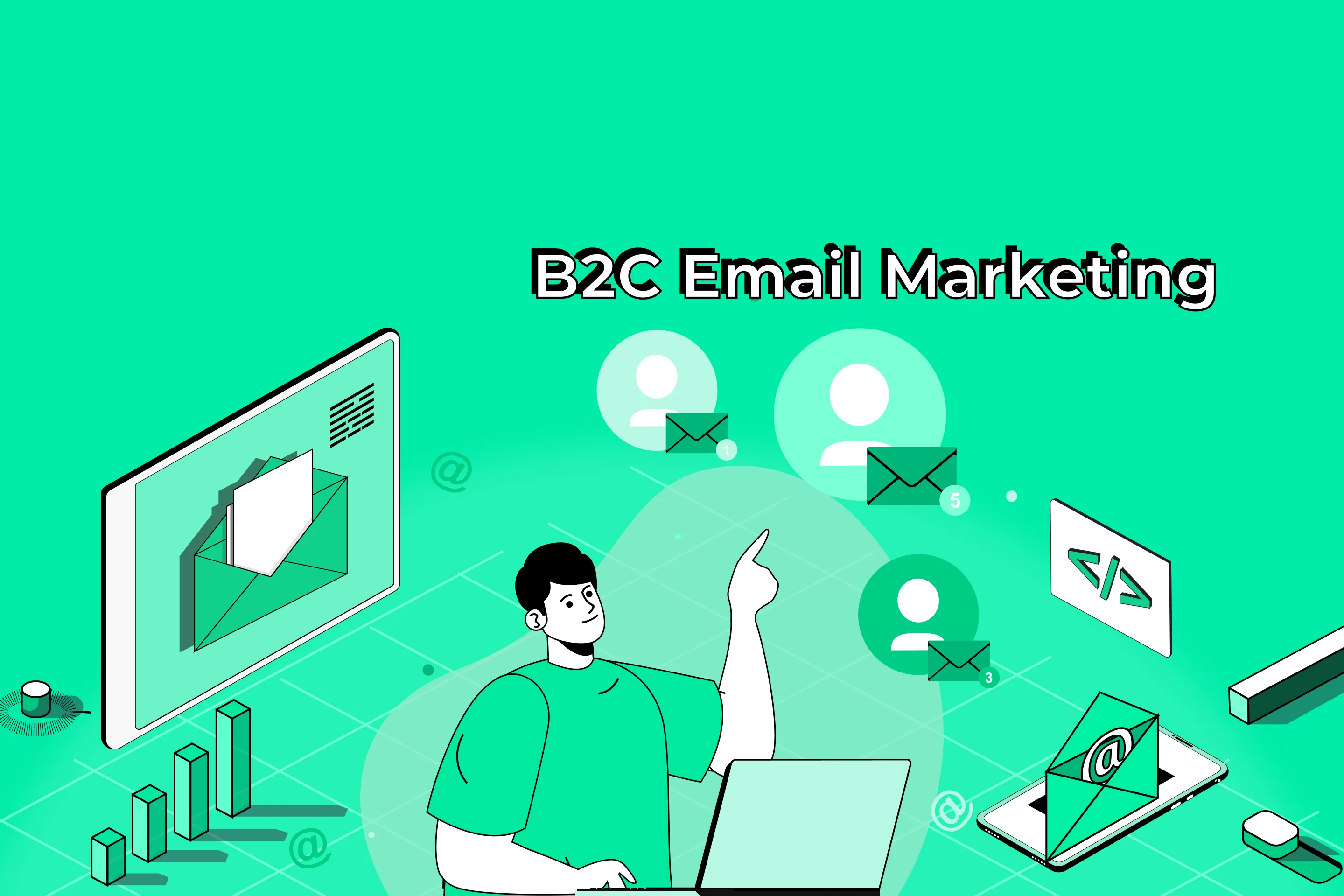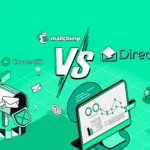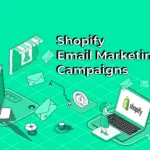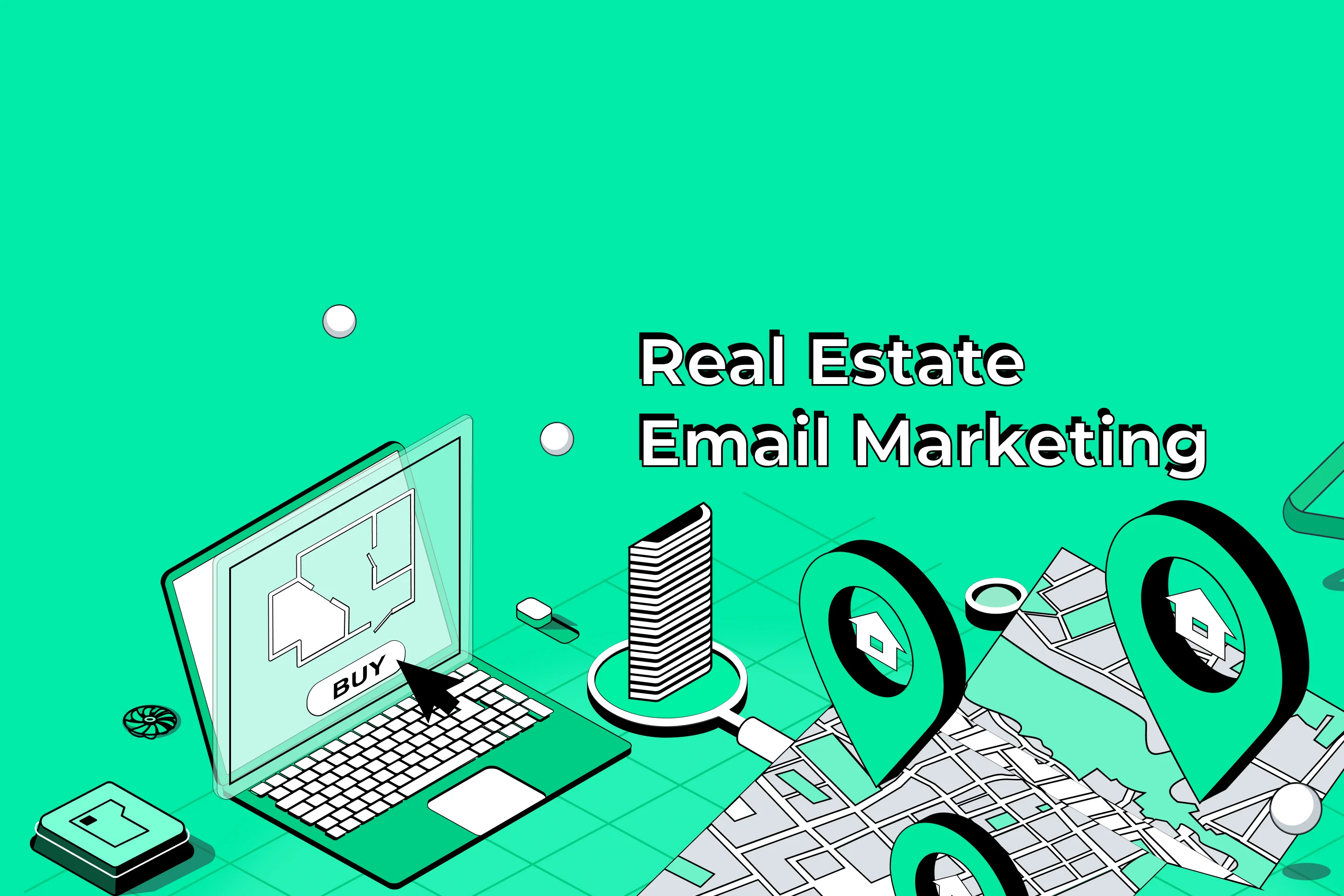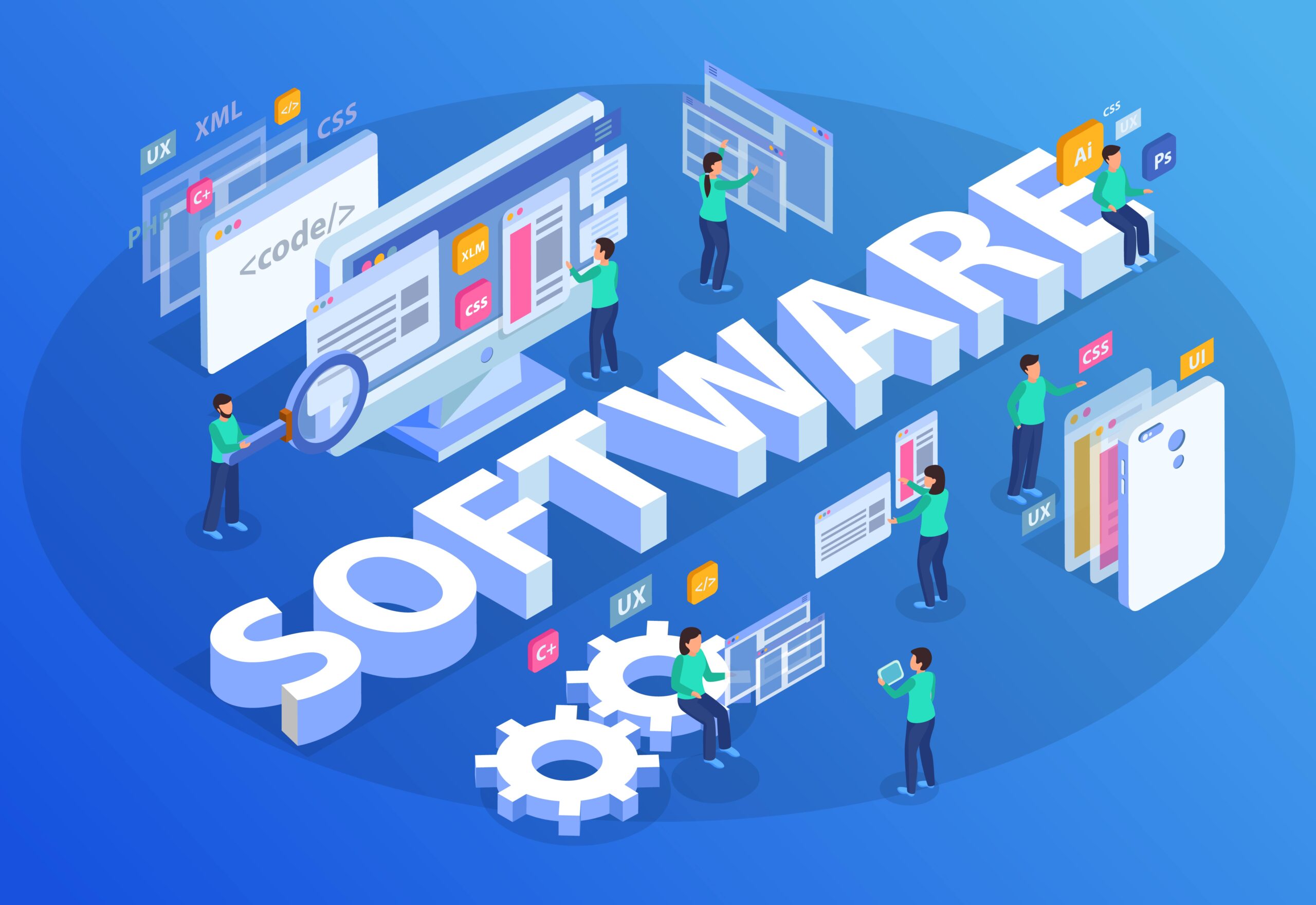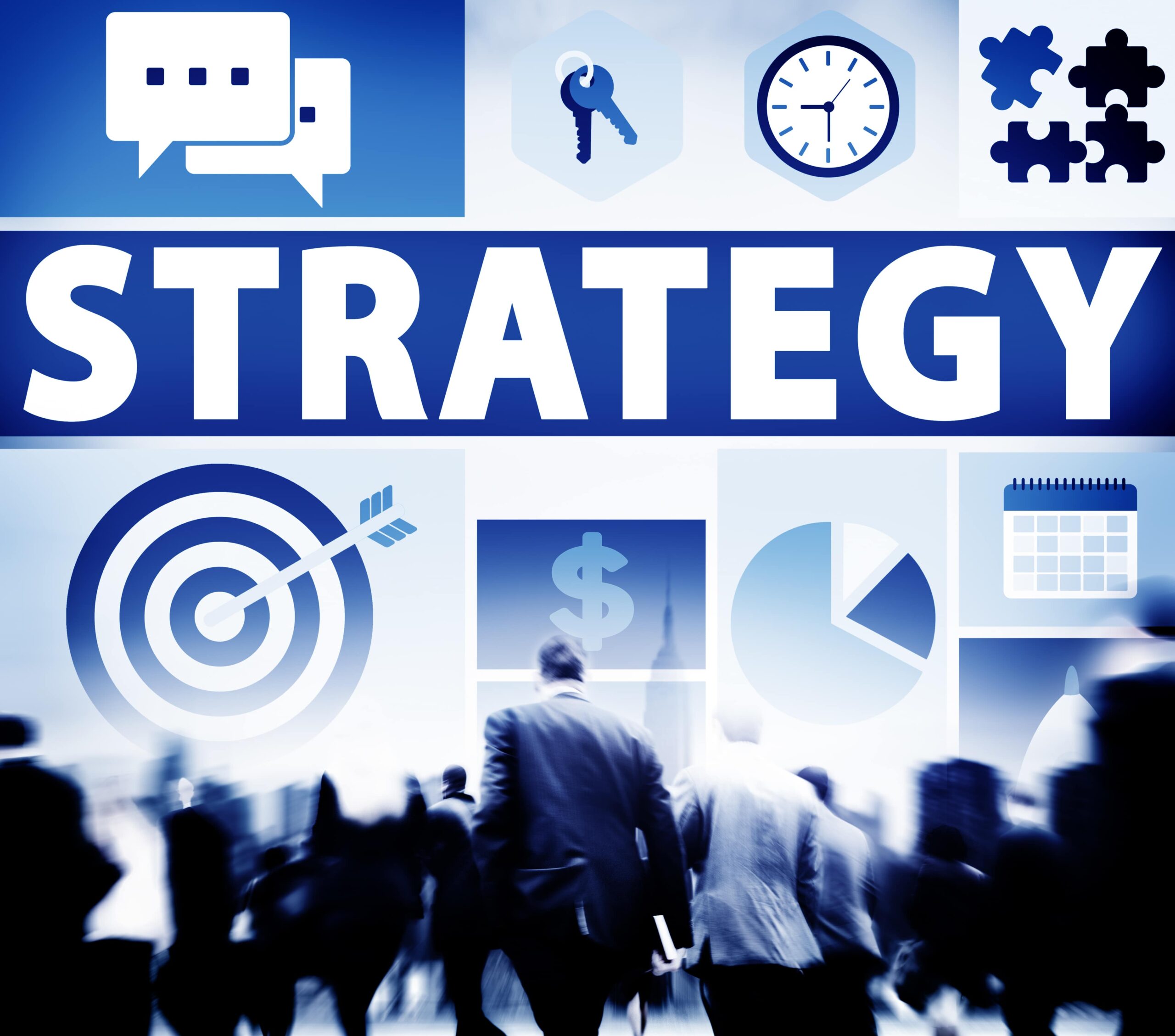B2C Email Marketing: The Practices & Strategies You Need
Implement these 8 best practices for your B2C email marketing strategy to achieve your 2024 goals with flying colors, plus learn what B2C email marketing is.
People have been looking for new ways to chat with each other online since the birth of the internet in 1983.
It’s almost impossible to imagine a time when the possibility didn’t exist.
The digital era brought innovative ways for long-distance friends and family to stay in touch, lost loved ones to reconnect, and curious minds to find answers for free.
But it also brought the stores to the shoppers.
And now, brands can talk with consumers, and consumers can talk with brands–inbox to inbox.
One of the oldest digital communication methods, email is now one of the hottest digital marketing trends and a highly effective form of lead generation.
Email marketing revenue worldwide is currently $9.62 billion and is projected to reach a whopping $17.9 billion by 2027.
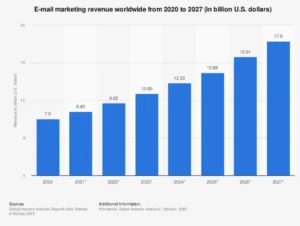
The reason?
50% of consumers say they buy from marketing emails at least once a month.
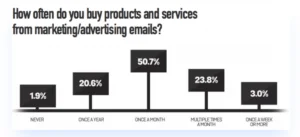
Whether you’re a startup business or a decades-old brand, B2C email marketing is a bandwagon you’d be a fool to not jump on.
And today, we’re diving deep into the 8 best practices you need to make your B2C email marketing strategy the cream of the crop.
The ABCs of B2C Email Marketing: What it is and How it Works
Just like most forms of marketing, email marketing is being leveraged by thousands of brands in a wide array of industries–each with its own audiences, demographics, and success rates.
As a B2C brand, you can’t expect results if you employ the same tactics as businesses with a B2B focus, no matter how closely you follow their successful blueprint.
B2B brands have an entirely different sales cycle. Their primary audience includes other businesses that are searching for time-worthy investments that will yield positive ROI.
As a B2C brand, your consumer base consists of people who are looking to purchase products or services for themselves, whether it be to fulfill a need or for personal desire. As such, you might find email marketing to yield results faster than someone whose target audience consists of big brands.
The way you craft your emails–from the subject line to the CTA (call-to-action)–should be completely tailored to this kind of consumer. Because while your B2C audience might be more likely to have less control of their pursestrings, they also tend to have shorter attention spans (and a million other options if you’re not enough to hold it).
8 Must-Use B2C Email Marketing Strategies in 2024
Being aware of the advantages and drawbacks of having a B2C audience is the first step to crafting a results-driven B2C email marketing plan.
Now that you’re familiar with the differences between B2B and B2C subscribers, let’s dive deeper into 8 specific strategies you can leverage to see incremental growth in 2024:
- Crafting a welcome email
- Personalizing emails based on purchase history
- Being strategic with your sending frequency
- Implementing effective email send timing
- Automating as much as possible
- Making your email copy easy to read
- Testing CTAs
- Monitoring valuable B2C email marketing KPIs
1. Craft a Welcome Email for New Subscribers
Highly effective but often overlooked, a well-crafted welcome email should be an essential part of your email marketing strategy. Not only because it lets subscribers know you appreciate their engagement with your brand, but also because it drives powerful email metrics.
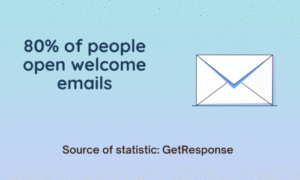
Created By Author
According to GetResponse, over 80% of people open welcome emails. Compared to other types of emails, they generate 4x as many opens and 10x as many clicks.
While the welcome email should follow the same standards for others, such as readability, eye-catching subject lines, and personalization (more to come on these later!), there are a few strategies you can use to take advantage of these high open rates:
- Recommend content, products, or services to the reader that they’ve expressed interest in
- Include a one-time “welcome” or “thank you” offer that expires in 24-48 hours
- Spice it up with multimedia, such as videos, images, and exciting font
- Attach the content offer (i.e. freebie, discount code, etc.) they subscribed for if they signed up through an opt-in
2. Personalize Emails Based on Subscribers’ Purchase History
In 2024, cookie-cutter marketing is being left in the dust, and taking a copy-paste route to email is an express ticket to low ROI and high unsubscribe rates.
Your competitors know this, and they’re already taking action.
According to Litmus, 60% of companies in the retail, e-commerce, and consumer goods spaces are personalizing their emails to subscribers’ previous purchases. A stark increase from the 38% in 2019.
And the numbers show it’s working.
Salescycle reveals that 59% of survey respondents say marketing emails influence their buying decisions, and almost just as many–over 50%–purchase from them at least once a month.
A prime example of email personalization done right is the e-commerce site Etsy. Although thousands of Etsy users received an email like the one below, this specific subscriber was recommended a product based on her purchase history. Someone who shops on Etsy for clothing rather than jewelry didn’t receive the same product recommendation.

3. Be Strategic About Your Email Sending Frequency
No one likes waking up to an inbox with over 99 unread emails. But you also don’t want your subscribers to forget you exist.
As such, it’s essential to the success of your email marketing strategy that you nail email frequency on the head.
First, let’s start with how much is too much.
According to GetResponse, you’ll experience higher open and clickthrough rates when you send no more than 5 emails a week. Generally, these KPIs increase with fewer sends and decrease as send frequency rises.
For example, the open rate of 1 email per week is 33.33% and the clickthrough rate is 3.62%, whereas 3 emails per week result in a 25.07% open rate and 2.61% clickthrough rate.
But what’s not enough?
Databox surveyed a multitude of marketers and asked how often they emailed their subscribers, with the available choices being monthly, daily, multiple times per week, weekly, and multiple times per month.
The result: 33.33% of marketers chose the weekly frequency, the largest result of them all.
The second popular option was multiple times per month, and monthly, daily, and even multiple times per week tied for last with a measly 13.33%.
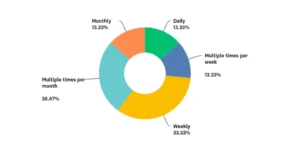
Given that most marketers employ a weekly email send frequency, combined with the fact that clickthrough and open rates decrease with higher frequencies, start by committing to 1 email per week.
Based on the engagement you receive, you can then tweak your strategy to include more.
4. Implement Effective Email Send Timing
Now that you know how many emails you’re going to send per week, it’s time to discuss when to hit “send.”
Practically everyone checks their email each day. 99% to be exact. Some of which do so up to 20 times.
But of that 99% of email users, 58% start their morning by checking their inbox.
Thus, when it comes to email timing, try making early morning (think 8 to 9 AM) prime time to send.
5. Automate Your B2C Email Marketing as Much as Possible
Email marketing automation is personalization on steroids, as it allows marketers to send triggered emails to specific (or all) subscribers.
As a B2C brand, the odds of everyone on your mailing list joining for the same product, service, or interest is slim at best. By implementing automation, you can send well-crafted, perfectly targeted emails to the people who are likely to convert the most. (Think back to the personalized Etsy email.)
Automation works by having segmented email lists and tracking important metrics and KPIs. And luckily, it’s easy to invest in an all-in-one email automation platform–like DirectIQ–that makes this otherwise time-consuming process hassle-free.
DirectIQ offers easy email marketing automation through features like A/B campaign setups, various templates, audience segmentation, delivery reports, and one-click integrations with platforms like Shopify, WordPress, Woocommerce, Magento, and more.
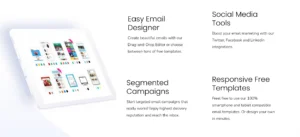
The email designer allows you to craft eye-catching copy with an easy-to-use editor, and you can then segment your audience so your emails are only sent to those who care about the topic you’re discussing or the product you’re promoting.
Plus, you get a full view of all the email marketing metrics critical to your success through clear and in-depth delivery reports, monitoring everything from clickthrough rate to geo-trackings.
You can start using DirectIQ by creating an account for free.
6. Prioritize the Readability of Your Email Copy
You’ve probably heard the saying, “humans have an attention span shorter than a goldfish.”
If not, it’s true–when it comes to reading emails, at least.
According to Statista, consumers spend 10 seconds on average reading emails from brands, and it’s getting shorter by the year.
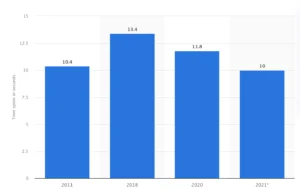
As such, your emails need to be snappy.
They can get the point across in 10 seconds or less, but they should be eye-catching enough to make the subscriber want to continue reading.
To maximize the 10-second shot you get with each email open and keep subscribers hooked for as long as you can, you’ll need to implement the following strategies when crafting your copy:
- Use lots of white space
- Create captivating headings
- Include concise CTAs (calls-to-action)
- Embed images and graphics
- Write in a big, easy-to-read font
- Prioritize mobile-friendliness
Whitespace is the amount of space (white in between paragraphs in copy. Essentially, it’s best practice to use no more than 2-3 sentences in each.
And it should come as no surprise that in 2024, most people are scrolling their inboxes on the same devices they use to scroll on Instagram. According to Bluecore, 59% of millennials use mostly their smartphone when checking their email. For Gen Z, it’s a whopping 67%.
So if your emails aren’t optimized for mobile, they’re simply not getting read.
All of these practices have been proven to drive email marketing effectiveness. In 2021, Pathwire research found that the most meaningful steps marketers took when it came to emails were using short but descriptive subject lines, ensuring links and buttons were highly visible, and keeping copy (i.e. paragraphs and sentences) simple.
7. Create Strategic CTAs (Calls-to-Action) and Test for the Best
Once your email copy is perfectly polished, it’s time to wrap it up with the part that ultimately drives conversions: the CTA (call-to-action).
Just like with the body of your email, there are a few must-use strategies when it comes to crafting a cunning CTA:
-
- Tell the reader exactly what you want them to do. Click a link? Button? Hit respond?
- Be short but concise. A few words go a long way, and more is not always better.
- Make the CTA stand out from the rest of the email copy. You can do this by playing around with the color, including a button, or using other elements in your editor tool.
- Include a clear next step for the reader. This is typically the actionable link or button, but subscribers should never be left wondering how to take action or what to do next.
Finally, create several CTAs for each email type. Until you’ve found a proven, winning selection, you should never stick to just one CTA. Draft up a few versions and run A/B tests to see which one performs the highest.
8. Monitor and Track Valuable B2C Email Marketing KPIs
We’ve mentioned email marketing KPIs a few times now, but that information is useless if you don’t know which ones to track.
There are countless out there, but the most core metrics you’ll need to know for maximizing results include:
- Bounce rate – the percentage of email addresses on your list that did not (or could not) receive your email. An acceptable benchmark for this KPI is 2%.
- Clickthrough rate – the percentage of readers who clicked on a link in your email (such as a link embedded in the copy, a CTA, button, or image).
- Open rate – the percentage of subscribers who opened the email.
- Conversion rate – the percentage of subscribers who completed the intended action after reading/opening the email (such as clicking the CTA).
- Overall ROI (Return on Investment) – how much money you’ve made from email marketing versus how much you’ve invested in it.
- Unsubscribe rate – the percentage of people who unsubscribed from your email list after you’ve sent an email.
Email is a popping marketing channel, and the simmer isn’t sizzling out any time soon. With a relatively low startup cost and high ROI, it’s proven to be a worthy strategy. Implement these 8 practices in your B2C email marketing strategy, and smashing your 2024 marketing goals is a cinch.
Author: Freya Laskowski
Freya is the founder of SERPManiac- an SEO consultancy service. She is a quoted contributor in several online publications including Business Insider, Fox Business, Yahoo Finance, the Huffington Post, BankRate, and GoBankingRates. She also owns CollectingCents– a personal finance blog that she grew from the ground up.







